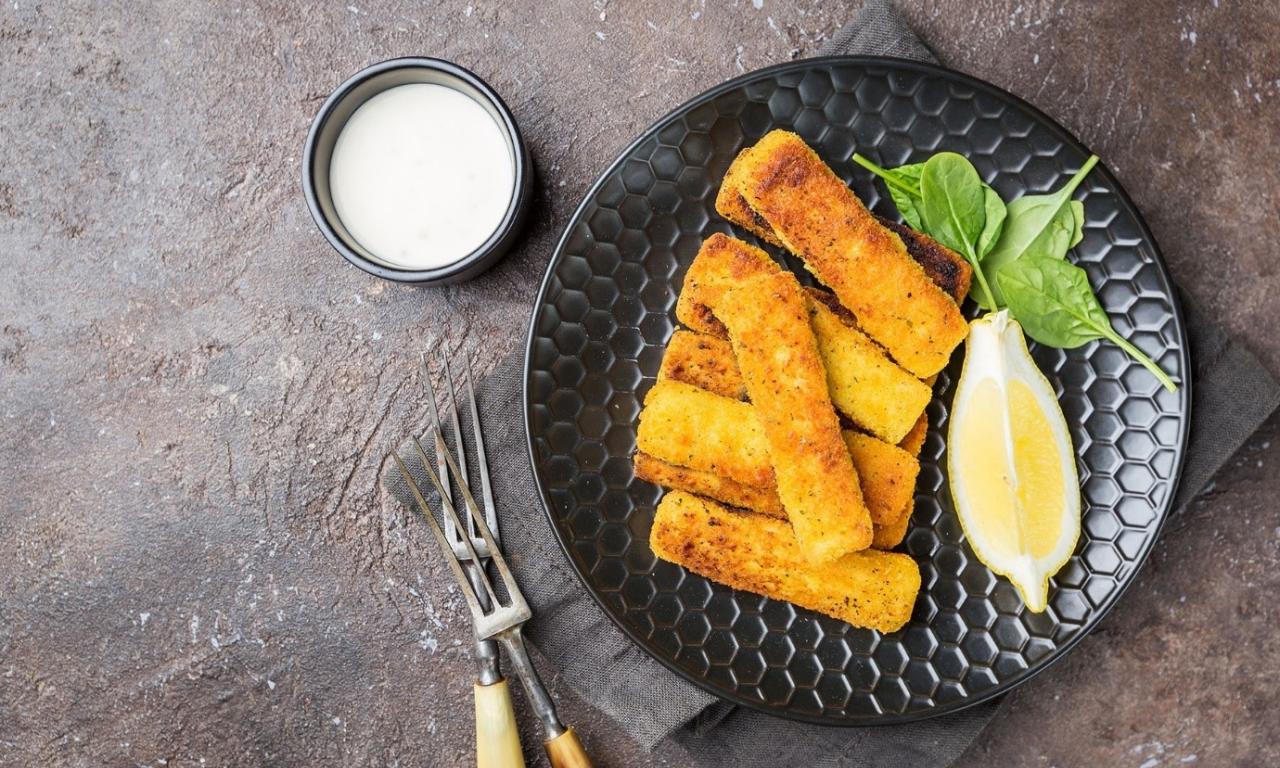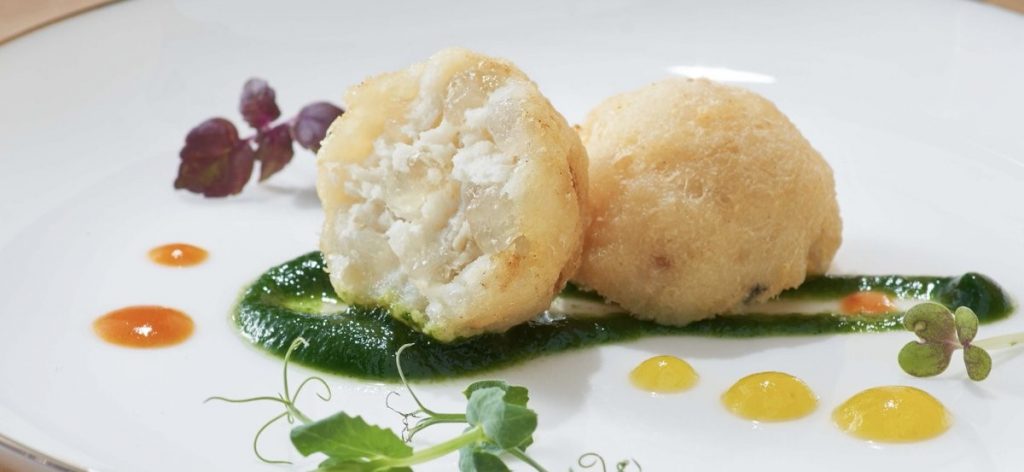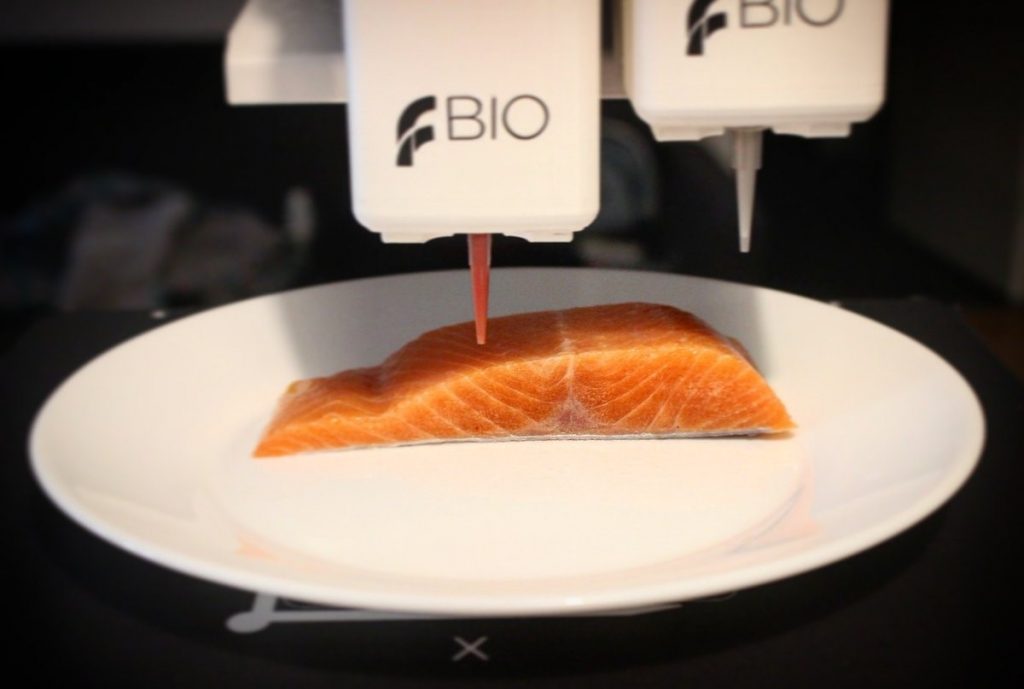
Seafood, including aquatic animals, like fish and crustaceans, and plants such as seaweeds, are crucial to the food, nutrition, and economic security of an increasing number of people around the world. As the demand for aquatic foods grows rapidly, the intensification of aquaculture and capture fisheries efforts has also increased, causing great stress to both land and water ecosystems. As a study conducted by the World Resource Institute points out, the sustainability of the aquaculture and fisheries sector and its ability to close the food system gap by 2050 is one of the global challenges that need to be addressed.
Rising societal concerns about aquatic ecosystem disruption and human and animal welfare are driving significant changes in the seafood industry. In recent years, Millennials and Gen Z have shown a particular interest in environmentalism and fair trade, consistently asking the questions of ‘Where does the food I am eating come from?’ ‘Was it produced sustainably and ethically?’ Ethical eating habits are dictating new food markets. They are generating a growing investment interest in alternative seafood, such as plant-based and cell-based seafood, ushering new and potentially disruptive technologies into the seafood sector.
Currently, alternative seafood is mainly produced by two types of technologies, as plant-based and cell-based seafood. The former is already quite popular, preceded by the rapid expansion of the plant-based meat industry and caters to consumers looking to reduce consumption of animal-source foods. To meet this demand, upwards of 20 well-established companies have emerged and are producing products mimicking shrimp, both canned and raw tuna, fish fillets, and burgers. These products have reached the mass markets and are already available for purchase at popular retailers such as Whole Foods, Amazon, and Tesco, as highlighted by The Good Food Institute in their latest report.

Cell-based seafood is genuine animal seafood produced by growing cells in nutrient-rich environments. Cell-based seafood replicates the sensory and nutritional profile of conventionally produced animal seafood because it comprises of the same cell types, and it is arranged in the same three-dimensional structures as animal seafood muscle tissue. There are many benefits to cell-based seafood production, including the isolated production of valuable cuts, fewer public health concerns like contaminant issues, zoonotic diseases and antimicrobial resistance, and reduced animal welfare issues as compared to conventional production. However, the scalability of production and sustainable use of natural resources currently limits the growth of the sector.
As cell-based seafood start-ups have continued to gain traction, they have attracted the attention of many food giants such as Bumble Bee Foods, Cargill, Maple Leaf, and Nutreco. Shrimp, lobster, crab, tuna, Atlantic and coho salmon have been trialed with success, while mollusks have proved less tractable. With growing investments coming into the sector and partnerships with major food conglomerates secured, public interest and questions about regulation and consumer acceptance have also emerged. Cell-based seafood products have yet to receive a product license. However, the urgency of aquatic ecosystem conservation and the accelerating extinction of aquatic animals are likely to resonate with consumers worldwide.
There is little data about alternative seafood available, so there are many unanswered questions about its potential impact on food systems, especially in developing countries where poverty and hunger persist. The COVID-19 pandemic is exposing many of the weak links in global, regional, and local food systems, prompting researchers at WorldFish and the International Food Policy Research Institute (IFPRI) to join forces in finding new research pathways for quick response and recovery. Together with various stakeholders and development specialists, they organized a two-day workshop, from the 5th to the 6th of August 2020, to lay the foundations and shape a forward-looking research agenda for alternative seafood.
“The opportunity to engage with partners and collaborators will not just make our research stronger and more accepted, but it will help us achieve policy and sustainability goals from the get-go,” said Malcolm Beveridge, an affiliated researcher with WorldFish.
“We have been collecting and sharing preliminary findings on alternative seafood from our literature research, industry interviews, and scenario modeling, but of course, there are still knowledge gaps we will need to address,” said Nisha Marwaha, a junior researcher with WorldFish.
“Alternative seafood might have a great impact on food systems and our research aims at providing a well-informed approach for their introduction to consumers. We believe alternative seafood can contribute to improving livelihoods, food and nutrition security, and at the same time alleviate pressures on the aquatic environment. That is why we are discussing priority areas for future research as a group, having our diverse perspectives drive this research agenda forward,” she explained.

Alternative seafood production is an emerging approach with the potential to help meet growing seafood demand, complementing existing strategies in fisheries management, and sustainable aquaculture. From the discussion held at the alternative seafood workshop, participants were quick to emphasize opportunities such as shorter value chains, policy initiatives around sustainability and inclusion, removal of health concerns affiliated with conventional seafood and hybrid product development using alternative and conventional seafood products as leads for the development of the new research agenda on aquatic foods.
Accelerating the development, commercialization, and widespread availability of alternative seafood is of growing interest for many whose vision includes responsible stewardship of both land and sea while ensuring human wellbeing. The interest in such products continues to rise during the COVID-19 pandemic, but significant questions remain about their future scale and impact.
Learn more about the alternative seafood workshop in this video:
Related publications
Benjaminson, M A, Gilchriest, J A & Lorenz, M. 2002. In-vitro edible muscle protein production systems (MPPS): stage 1, fish. Acta Astronaut 51, 879-889.
Rubio, N, Datar, I, Stachura, D, Kaplan, D & Krueger, K. 2019. Cell-based fish: A novel approach to seafood production and an opportunity for cellular agriculture. Frontiers in Sustainable Food Systems 3, 43-57. doi: 10.3389/fsufs.2019.00043.
The Good Food Institute (GFI). 2019. An Ocean of Opportunity: Plant-based and cell-based seafood for sustainable oceans without sacrifice.